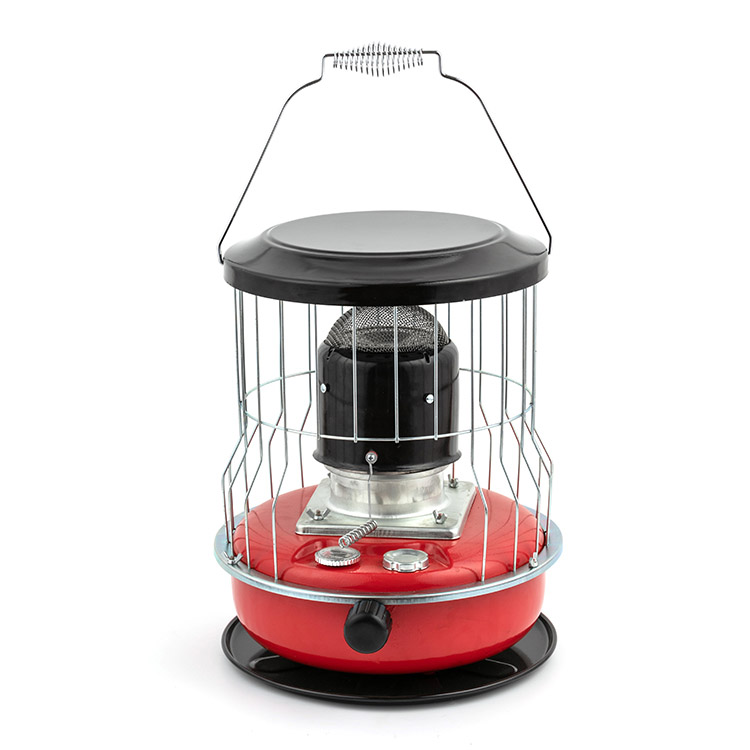Secure Warmth on the Go: A Guide to Properly Storing and Transporting Your Camping Kerosene Heater
2024-01-05
Introduction:
When venturing into the great outdoors, a reliable source of warmth like a kerosene heater can turn a chilly camping experience into a comfortable retreat. However, ensuring the safe storage and transportation of your kerosene heater is crucial for both its longevity and your camping safety. In this blog, we'll delve into the key steps and considerations for properly storing and transporting your camping kerosene heater.
1. Read the Manual:
Start by thoroughly reading the manufacturer's manual that accompanies your kerosene heater. The manual provides specific guidelines on proper storage, disassembly, and transportation for your particular model.
2. Allow Cooling Time:
Before attempting to store or transport your kerosene heater, ensure that it has completely cooled down. Attempting to handle a hot or warm heater can pose burn risks and damage internal components.
3. Empty the Fuel Reservoir:
Prior to storage or transport, empty the fuel reservoir completely. This helps prevent leaks, spills, and the potential for flammable vapors during transportation.
4. Inspect for Damage:
Conduct a thorough inspection of your kerosene heater for any signs of damage, wear, or loose components. Address any issues promptly to ensure safe operation during future use.
5. Disassemble According to Manual:
Follow the disassembly instructions provided in the manual. Some kerosene heaters are designed to be easily disassembled for compact storage and transportation. Take note of any specific steps or precautions outlined in the manual.
6. Use Original Packaging or Carry Case:
If your kerosene heater came with original packaging or a designated carry case, use it. This packaging is designed to protect the heater during transportation and helps keep all components organized.
7. Secure Loose Parts:
Ensure that all loose parts, such as wicks or ignition components, are securely stored. You can use small bags or compartments within the packaging to keep everything in order and prevent loss.
8. Avoid Aggressive Handling:
When transporting your kerosene heater, handle it with care to avoid unnecessary jostling or aggressive movements. Secure it in your vehicle to prevent damage from bumps or vibrations during travel.
9. Store Upright:
If possible, store the kerosene heater in an upright position. This helps prevent any residual fuel in the wick or combustion chamber from leaking during storage.
10. Protect Against Moisture:
Moisture can lead to corrosion, so store your kerosene heater in a dry environment. Consider placing moisture-absorbing packets or desiccants within the storage space to protect against humidity.
Conclusion:
Properly storing and transporting your camping kerosene heater not only ensures its longevity but also contributes to a safe and enjoyable outdoor experience. By following these steps and consulting your heater's manual, you can confidently pack and unpack your kerosene heater, bringing warmth to your camping adventures for many trips to come.



